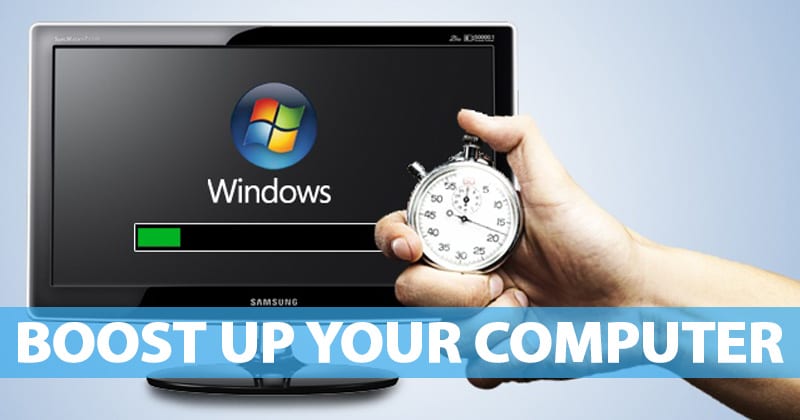
- November 25, 2022
- admin
- 0
An Introduction
Is your computer dragging its feet? Well, don’t worry; you’re not alone. In fact, many experience this issue, often wondering, “How to fix a slow computer?” Interestingly, a computer’s slowness often results from having numerous programs running concurrently, which eat into the device’s computing power and hinder performance.
Then, what’s the most effective way to rejuvenate a sluggish machine? While addressing such issues might seem overwhelming at first, fortunately, there are practical solutions available. To start, consider reducing the number of active programs. On the other hand, you can enhance the computer’s processing and memory capability. And, better yet, this article will guide you on how to fix a slow computer with easy-to-implement actions. With that said, let’s dive in!
1. Run the SFC scan:

Windows offers a built-in System File Checker tool that helps users identify and rectify corrupted system files. By doing so, the overall Windows performance gets a significant boost. To run this scan:
- Start by clicking on the “Start” button.
- Search for “CMD” to access the command prompt.
- Right-click it and run CMD.exe with administrative privileges.
- If User Account Control (UAC) prompts you, click “Yes.”
- Input “SFC /scan now” and press “Enter.”
- The tool then inspects the integrity of system files, rectifying any issues.
- Finish by restarting your computer.
2. Remove unwanted programs:

Pre-installed software often merely occupies hard drive space, running redundant background tasks. Access the settings menu, identify software you no longer need, and uninstall them. Ensure your PC has at least 15% free space. If it’s running slow with ample storage, your OS might be the issue.
3. Check your computer for malware:

It’s essential to periodically check your computer for potential threats. Here’s how:
- Download and run Microsoft’s free Malicious Software Removal Tool.
- Keep your antivirus and antimalware software updated.
- Conduct a comprehensive system scan for viruses.
- Ensure that all drives, external storage devices, and vulnerable areas like the master boot record get thoroughly inspected.
Some helpful free scanners include:
- MRT Scan: Access Microsoft’s Malicious Software Removal Tool by typing mrt in the search box.
- AVAST Free Scanner: Avast Antivirus offers varied scan options to safeguard your computer.
- CleanMyPC: This software removes junk files, potentially speeding up your computer.
4. Defragment Your Hard Disk:

If you don’t use an SSD, fragmented data on your hard drive can slow down your system. Defragmenting consolidates fragmented files, improving the drive’s efficiency. Microsoft’s Disk Defragmenter tool can assist in this process:
- Launch Disk Defragmenter from the Start menu.
- Analyze the disk to check if defragmentation is needed.
- If fragmentation is over 10%, start the defragmentation process.
Conclusion!
Wondering how to fix a slow computer? By following the steps above, you should notice a significant performance improvement. However, if challenges persist, our expert engineers remain at your service. Happy computing!
